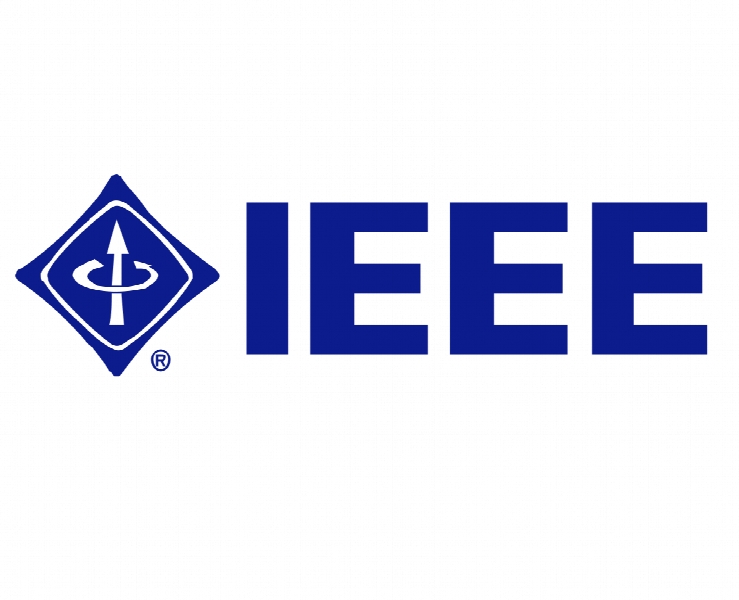قدرت و ضعف مدل های یادگیری عمیق برای تشخیص چهره در برابر تخریب تصویر Strengths and weaknesses of deep learning models for face recognition against image degradations
- نوع فایل : کتاب
- زبان : انگلیسی
- ناشر : IEEE
- چاپ و سال / کشور: 2018
توضیحات
رشته های مرتبط مهندسی کامپیوتر
گرایش های مرتبط هوش مصنوعی
مجله بیومتریک آی ای تی – IET Biometrics
دانشگاه Faculty of Electrical Engineering – University of Ljubljana – Slovenia
شناسه دیجیتال – doi https://doi.org/10.1049/iet-bmt.2017.0083
منتشر شده در نشریه IEEE
گرایش های مرتبط هوش مصنوعی
مجله بیومتریک آی ای تی – IET Biometrics
دانشگاه Faculty of Electrical Engineering – University of Ljubljana – Slovenia
شناسه دیجیتال – doi https://doi.org/10.1049/iet-bmt.2017.0083
منتشر شده در نشریه IEEE
Description
1 Introduction Recent advances in deep learning and convolutional neural networks (CNNs) have contributed to significant performance improvements in a number of computer vision problems, ranging from low-level vision tasks such as saliency detection and modelling [1, 2] to higher-level problems such as object detection [3, 4], recognition [5–9], tracking [10–12], or semantic segmentation [13–15]. Deep learning-based approaches have been particularly successful in the field of face recognition, where contemporary deep models now report near perfect performance on popular, long-standing benchmarks such as LFW [16], which due to its difficulty, represented the de facto standard for evaluating face recognition technology for nearly a decade. Most of the ongoing research on deep learning-based face recognition focuses on new model architectures, better techniques for exploiting the generated face representations, and related approaches aimed at improving both the performance and robustness of deep face recognition technology on common benchmark tasks [17–19]. Research in these areas is typically conducted on unconstrained datasets with various sources of image variability present at once, which makes it difficult to draw clear conclusions about the sources of errors and problems that are not addressed appropriately by the existing deep CNN models. Much less work is devoted to the systematical assessment of the robustness of deep learning models for face recognition against specific variations. Considering the widespread use of deep CNN models for face recognition, it is of paramount importance that the behaviour and characteristics of these models are well understood and open problems pertaining to the technology are clearly articulated. In this paper, we contribute toward a better understanding of deep learning-based face recognition models by studying the impact of image-quality and model-related characteristics on face verification performance. We use four state-of-the-art deep CNN models, i.e. AlexNet [20], VGG-Face [19], GoogLeNet [21], and SqueezeNet [22], to compute image descriptors from input images and investigate how quality-related factors such as blur, compression artefacts, noise, brightness, contrast, and missing data affect their performance. Furthermore, we also explore the importance of colour information and descriptor-computation strategies through rigorous experimentation using the LFW (LFW) benchmark [16]. The deep CNN models considered in this work are representatives of the most commonly employed CNN architectures in use today and were selected due to their popularity within the research community. The studied covariates, on the other hand, represent factors commonly encountered in real life that are known to affect face recognition technology to a significant extent [23] and have not yet been studied sufficiently in the literature in the context of deep learning. The comprehensive analysis presented in this paper builds on the previous works from [24, 25]. These works both focused on closed-set face identification and investigated the robustness of deep CNN models under facial appearance variations caused by head pose, illumination, occlusion, misalignment in [24], and by image degradations in [25]. Complementing and extending these previous works, we provide in this paper a rigorous and systematical evaluation of the impact of various image- and modelrelated factors on deep learning-based face verification performance.


